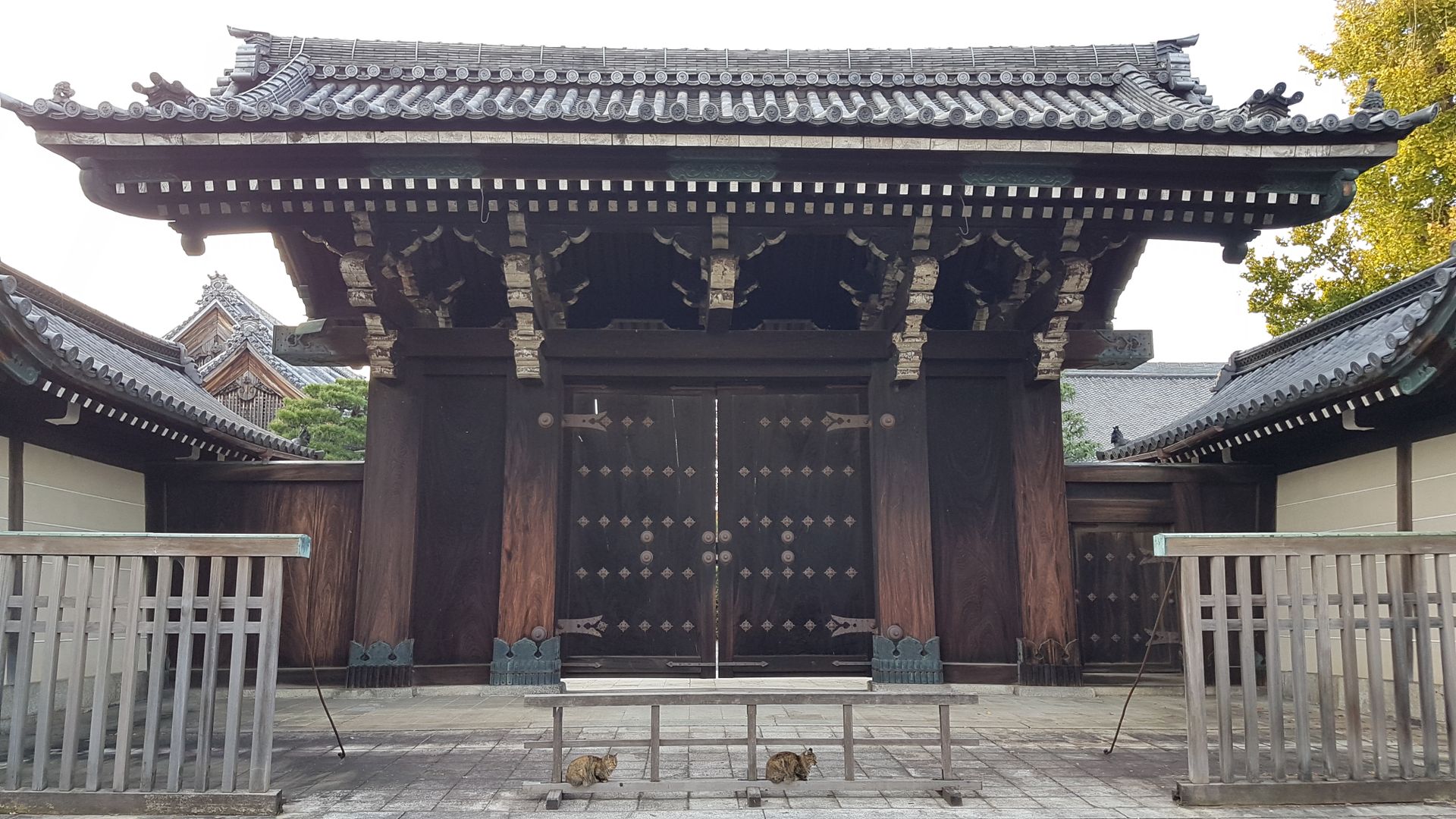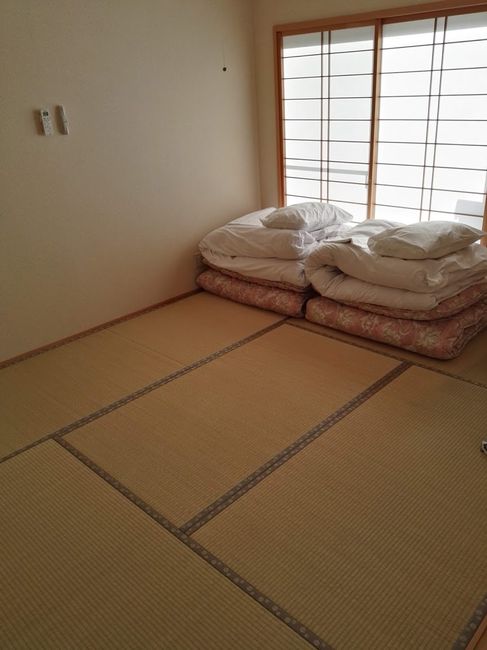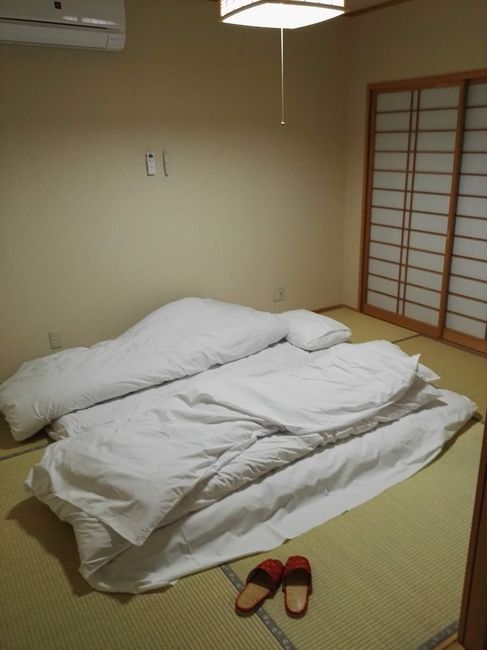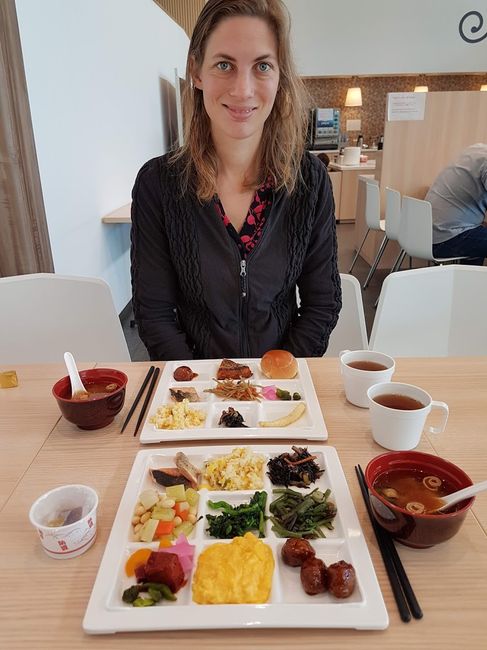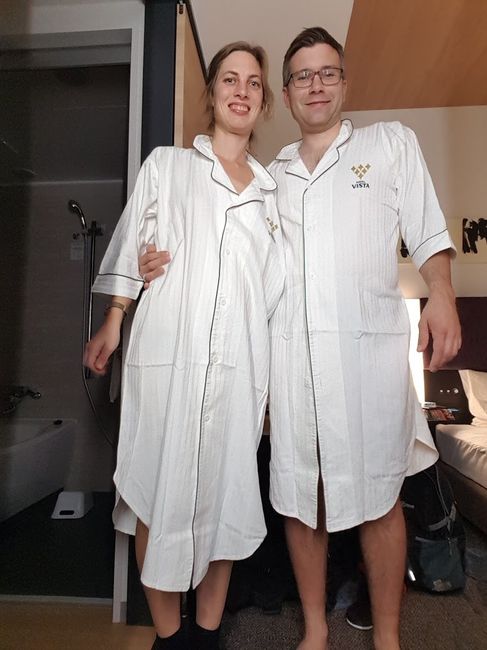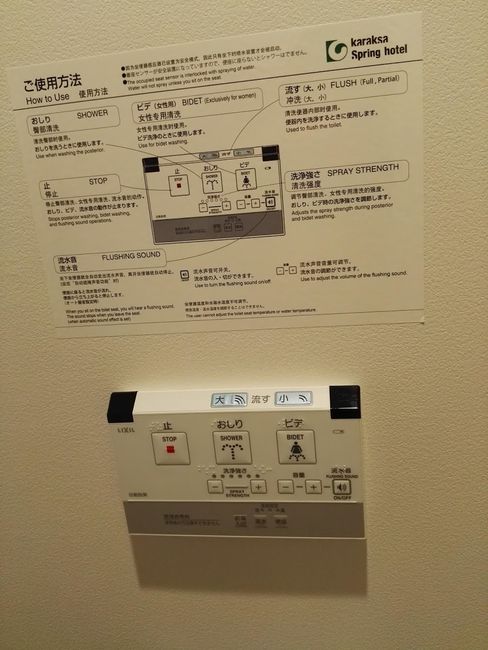Japanese hotels
Жарыяланган: 02.12.2018
Бюллетенге жазылыңыз
There are different types of hotels in Japan: business hotels, which cater to business travelers, and ryokans, which are traditional guesthouses.
In ryokans, the guest rooms are laid out with straw mats and sleeping is done on the floor on futons, which are rolled up and stored in a corner of the room or in a closet and set up only at bedtime.
Especially in ryokans, there are strict rules regarding slippers that should be followed to avoid displeasing the hosts. Guests are not allowed to enter the house with outdoor shoes, instead, slippers are provided in the entrance area. However, these slippers should not be used in the toilet. Separate slippers are provided for use in the toilet. The actual slippers should be left outside the toilet door.
In the sleeping area with straw mats, slippers should not be used and should be left at the room door.
It's not difficult to remember these rules, except for Robert, who has regularly caused dismay among the hosts by, for example, forgetting his slippers in front of the toilet door and using the special toilet slippers not only to leave the toilet but also to enter the sleeping area with straw mats. Fortunately, the Japanese are so polite and reserved that we have not had to look for a new place to stay in the middle of the night despite these blatant rule violations.
I had already read about these strict rules in the travel guide at home, so I was prepared in our first hotel, a business hotel at the airport.
Although you could enter the hotel with outdoor shoes, slippers were provided in the room. So we dutifully put on the slippers for breakfast and went to the dining room, only to find out that we were the only guests wearing slippers, while everyone else was wearing fancy shoes and discreetly but disapprovingly glanced at our slippers. Apparently, these rules do not apply to business hotels.
In hotels and ryokans, a sleepwear or kimono is provided for guests to use during their stay. These often look very funny, for example, in Hiroshima, it was a nightgown for both of us.
And of course, Japanese toilets are also something special. Japanese toilets have a control panel that allows you to control the functions of the toilet. You can mask unpleasant sounds with loud bird tweeting or water sounds, start a bidet spray, adjust the water pressure of the bidet spray, dry your bottom with warm air, and heat the toilet seat. However, the labels are usually only in Japanese, so you have to try out the different functions until you finally find the flush button. Robert now finally has an excuse for why he takes so long in the bathroom - he couldn't find the flush button!
Бюллетенге жазылыңыз
Жооп
